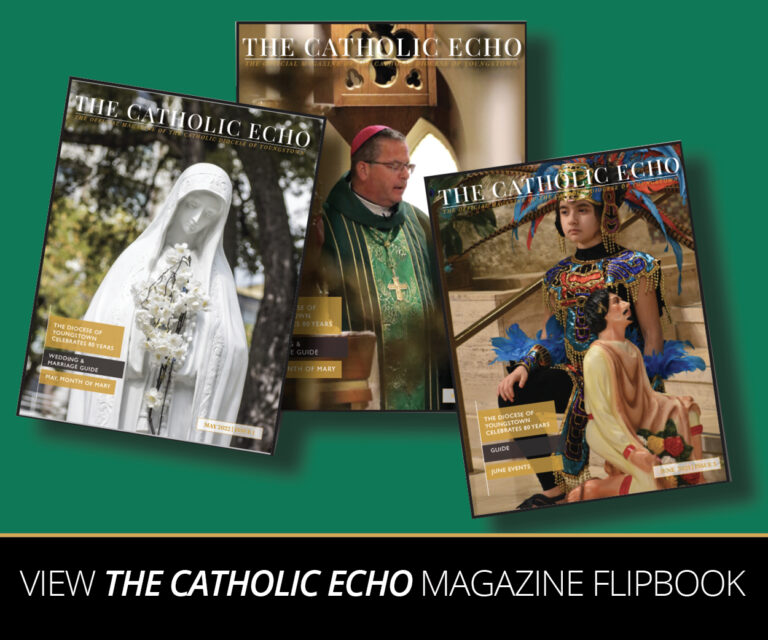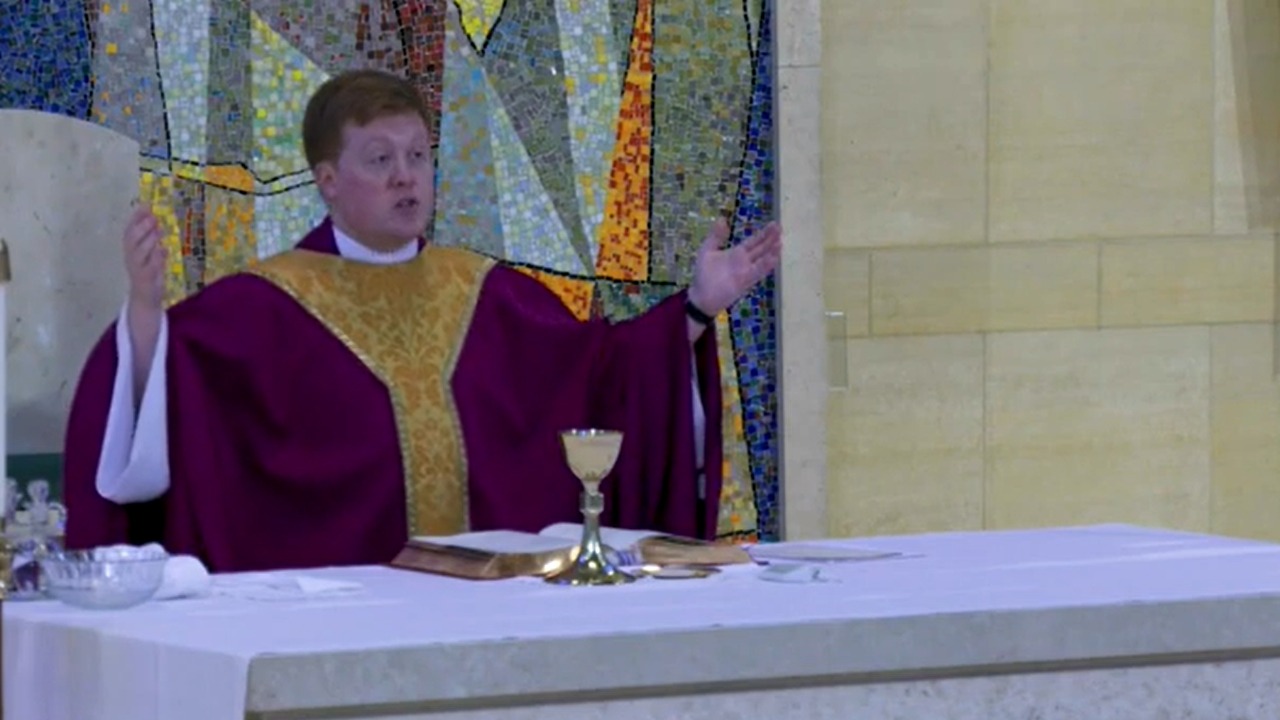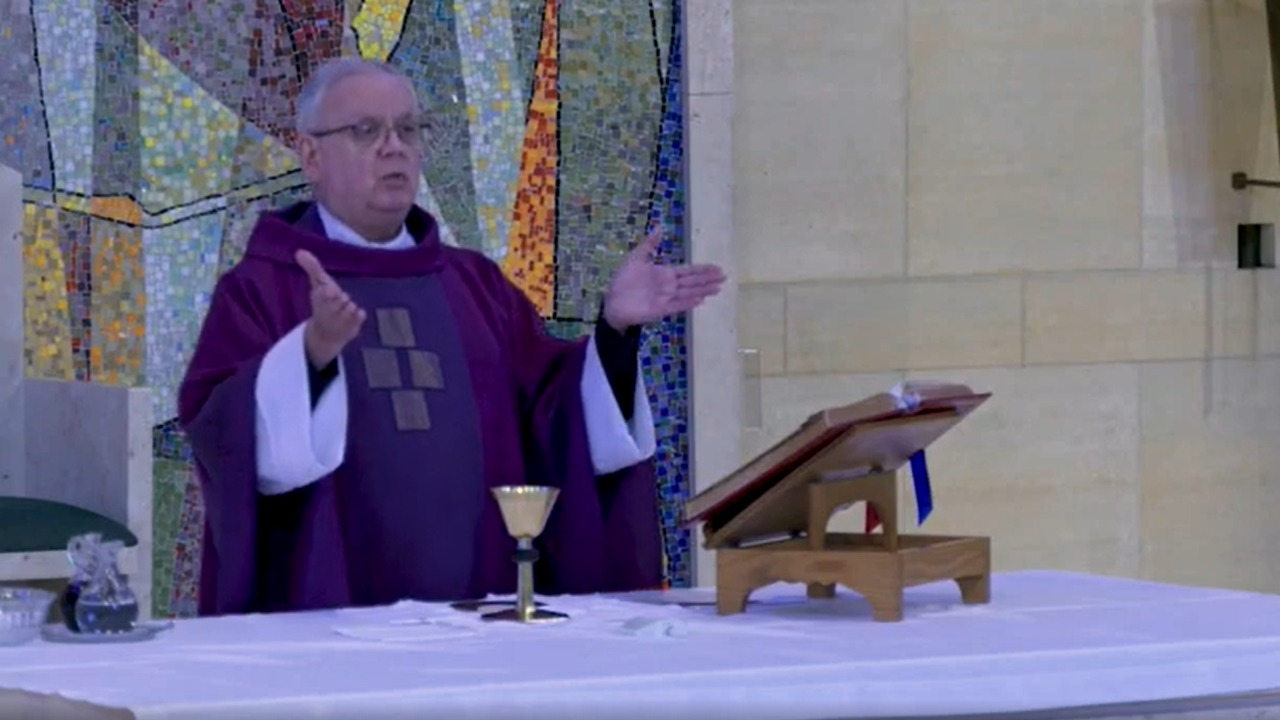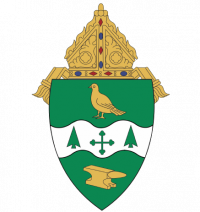
PIEROGI FILLING
4 to 5 potatoes peeled, cubed, boiled
4 ounces Colby cheese, shredded
Salt (to taste)
PIEROGI DOUGH
2 1/2 cups flour
1 large beaten egg
Pinch of salt
1/2 cup warm water
DIRECTIONS
Boil potatoes in highly salted water until fork-tender. Drain well and mash with cheese (do not add milk). Set aside to cool. Roll into one-inch balls.
Mix dough ingredients with your hands until just a little sticky. Roll out on a floured board to 1/4-inch thickness. Cut out three-inch circles with a cookie cutter or a glass. Place a potato ball on each dough circle. Fold over and pinch the edges to seal well.
Cook 12 pierogies at a time in a large pot of boiling water until they float to the top.
Continue boiling for 15 minutes. Drain and place in a pot of cold water until cool to the touch. Drain well. Fry in butter and serve topped with fried onions or plain butter.
Yield: Three dozen
Smacznego! (Enjoy your meal!)
This recipe was submitted by Tess Szenborn, a St. Columba Cathedral parishioner. Her mother-in-law, Sophie Szenborn, taught her to make pierogies, using a recipe from Aniela Tofil, her mother.
THE CATHOLIC KITCHEN
A reflection from Father Edward Brienz, vice-rector at St. Columba Cathedral, parochial vicar at St. Edward and Holy Apostles parishes in Youngstown and director of the Propagation of the Faith and Missions Office for the diocese.
The preparation of pierogies was an important part of my childhood. My mother had four sisters and usually at least three or four of them were active on their parish pierogi crew. It was common to hear my aunts and my mother greet each other by asking, “How many pierogies did you pinch this week?” Each potato that was peeled, each onion sauteed, each sheet of dough rolled was done with love and dedication.
In those days, we always had pierogies in the freezer in case unexpected guests arrived, because before microwaves were invented, this was my mom’s version of convenience food. And the parishes relied upon pierogi sales to subsidize Catholic schools, build church buildings and supply the needs of their altars.
In retrospect, the pierogi kitchens that were so popular in our church basements helped us to live the seasons. As schools convened in September, so did the pierogi makers. Everyone needed pierogies for busy days during the week, Sunday dinners and special occasions. During Lent, we had guilt-free compliance food for meatless Fridays. And when school ended in June and our attention shifted to graduation parties, weddings and vacation, we relied upon those treasure chests called deep freezers that most every household owned to supply us until school and “pierogi pinching” season rolled around again. Simple, humble ingredients lovingly combined amidst friends and family to nourish and unite us. Thanks be to God.
Want to submit a recipe for “The Catholic Kitchen?”
Email us! Give us your name, your parish and, of course, your recipe!
We look forward to hearing from you.










